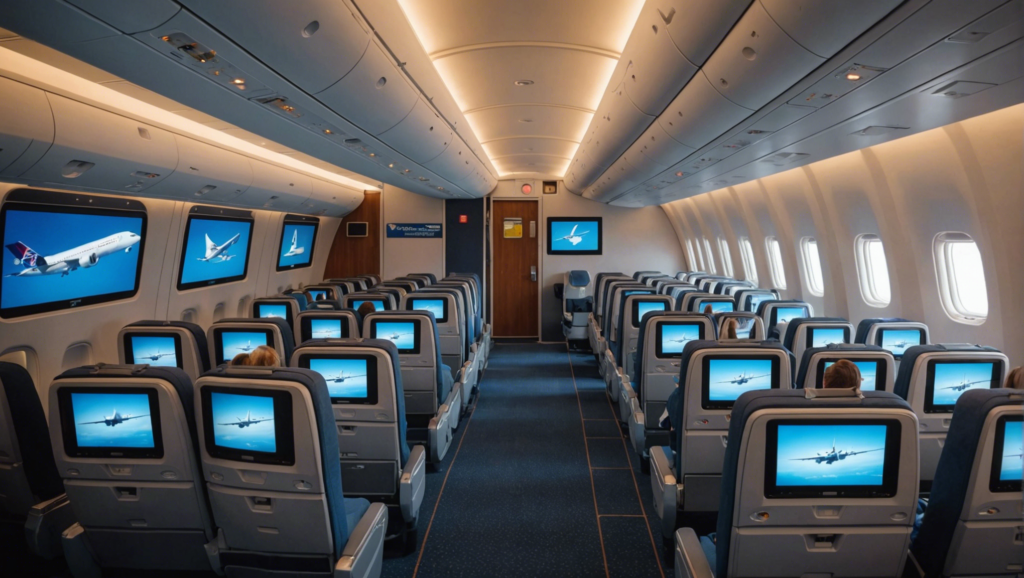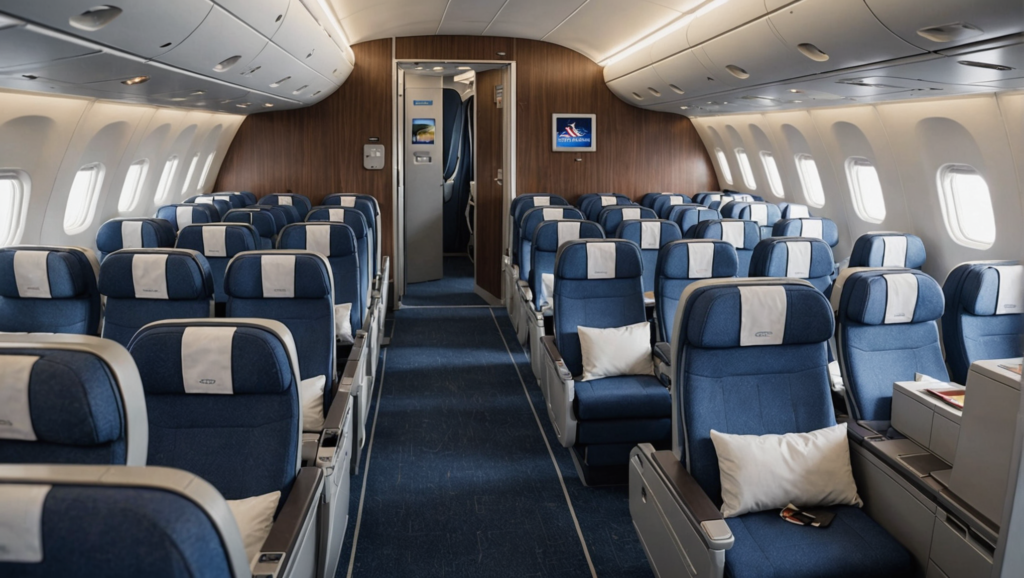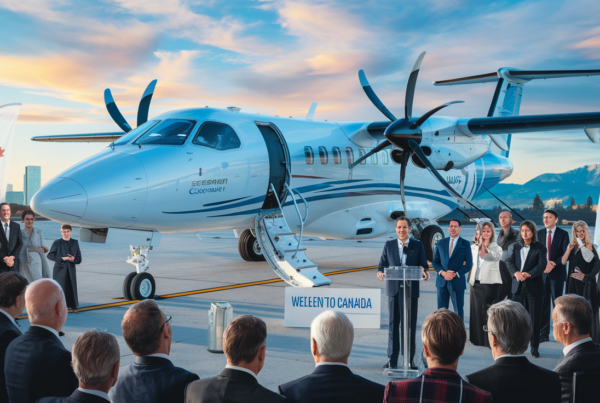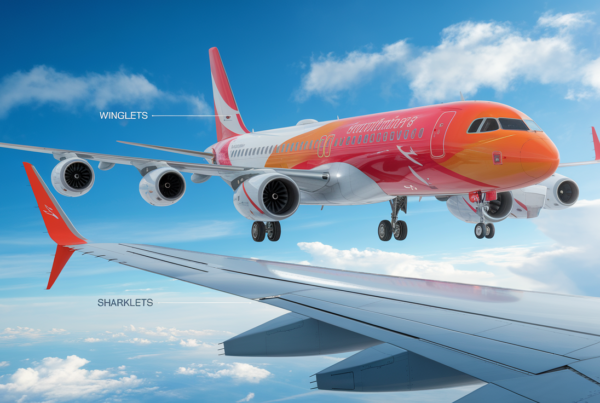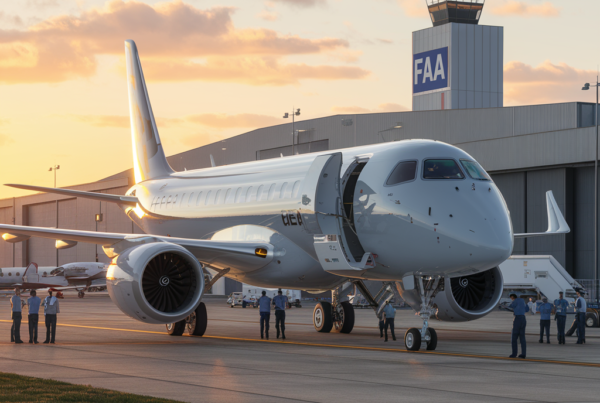French engine manufacturer Safran recently decided to prioritize the delivery of its engines LEAP à Airbustemporarily leaving the airlines out in the cold. Faced with production difficulties and growing demand, Safran opted to support the aircraft manufacturer in its manufacturing objectives. This strategy is designed to help Airbus to meet its urgent need for engines to power its new aircraft, particularly the A320neoThis choice raises questions about the balance between aircraft manufacturers and operators. This choice raises questions about the balance between manufacturers and operators.
In the aeronautical world, strategic choice is of paramount importance in shaping the future of a manufacturer or engine builder. Recently, engine manufacturer Safran has taken a decision with far-reaching consequences by giving priority to the delivery of its engines. LEAP to Airbus, leaving the airlines in the background. This strategy, while unavoidable for some, is generating lively discussion and significant repercussions in the industry.
Priority given to Airbus
It is well known that the LEAP engine, the fruit of cutting-edge technology, powers some of the most high-performance models, such as the Airbus A320neo and Boeing 737 MAX. These aircraft, flying the skies of the world, represent a golden opportunity for Safran to strengthen its presence and influence in the market. As a result, the engine manufacturer is determined to deliver its valuable LEAP engines to Airbus as a priority, reinforcing its strategic collaboration with this aviation giant.
Airlines: patience is the order of the day
Faced with this decision, the airlines are forced to wait. Some, in desperate need of engines to equip their fleets, are expressing their frustration at the slow pace of deliveries. Safran is therefore faced with a real dilemma: whether to increase its production rate or maintain its priority towards the customer. Airbus to support its growth ambitions. It is undeniable that this approach could temporarily threaten the stability of some companies.
Why Safran has made this choice
From a strategic point of view, Safran must maintain its competitiveness. By working closely with Airbus, we are not only securing a prime position in the engine industry, but also strengthening our influence in the global marketplace. The challenges posed by technological maturity and continuous innovation force players like Safran to invest and prioritize. This choice is therefore seen as a crucial step towards assured dominance.
Logistics challenges
The logistical challenges are no small matter. In a context of tight component supply, the engine manufacturer must be vigilant not to compromise production. The frequent returns to the workshop associated with LEAP engines add a further note of complexity to this equation. However, Safran is strategically turning its attention to maintenance, investing in Brussels in particular (read here : https://www.flywest.fr/constructeurs/safran-investit-dans-la-maintenance-des-moteurs-leap-a-bruxelles).
The lucrative market for aerial innovations
In this changing environment, Safran, like Airbus, is exploring innovative ways of adapting to the revolutions underway. Cabin and interior design innovations, as explored here : https://www.flywest.fr/aeroports/decouverte-des-innovations-interieures-a-la-rencontre-du-futur-des-cabines-davion are designed to appeal to an increasingly demanding clientele, aware of new in-flight comfort technologies.
Outlook and anticipation
Faced with this delicate balance between industry and need, the strategic position of players like Safran and Airbus will have a decisive impact on the growth of aviation. With the support of FAAnew certifications such as Embraer's Freighter (find out more here : https://www.flywest.fr/constructeurs/le-freighter-dembraer-obtient-la-certification-de-la-faa) open up exciting possibilities on the horizon.

Comparison of Safran's LEAP engine delivery priorities
| Comparison axis | Safran's decision |
| Priority Partner | Airbus |
| Impacted customers | Airline companies |
| Aimed at | Contribute to the production of new aircraft |
| Consequences for Airbus | Potential increase in production capacity |
| Consequences for airlines | Potential delay in engine acceptance |
| Competitive advantage | Closer collaboration with Airbus |
| Long-term strategy | Aircraft manufacturer loyalty |
| Saffron's dilemma | Focus on a strategic customer |
| Financial impact | Optimizing short-term profits |
| Company reaction | Concern about supply |
On the same theme
Find out which airlines offer the largest in-flight entertainment screens
Embark on a colorful journey aboard the airlines offering the largest in-flight entertainment screens! Get ready for an unrivalled in-flight entertainment experience. Airlines are vying with each other to offer...
Analysis: Why do American low-cost airlines offer premium cabin options?
In the highly competitive U.S. commercial aviation sector, low-cost airlines are setting themselves apart by offering premium cabin options. This strategy may seem paradoxical at first glance, but it's part of a broader analysis of the...
Heathrow revitalizes airline sustainability benchmarking
Heathrow Airport is relaunching its initiative to rank airlines in terms of sustainability. Through this initiative, Heathrow is encouraging airlines to adopt more environmentally-friendly practices. The aim is to encourage more environmentally-friendly aviation, by...

